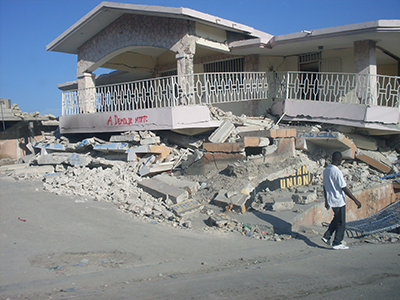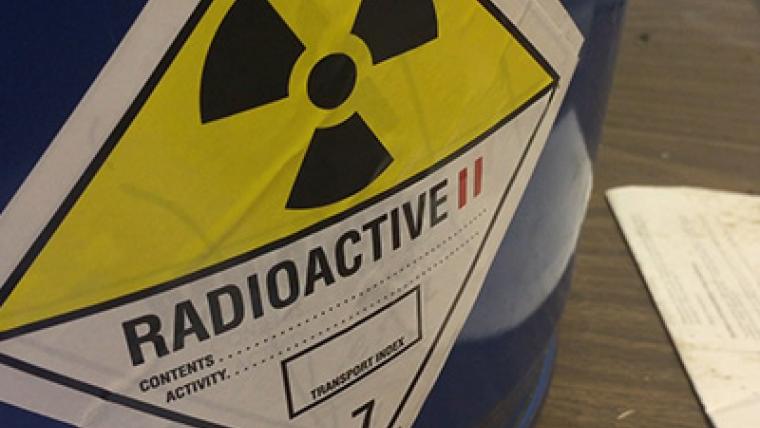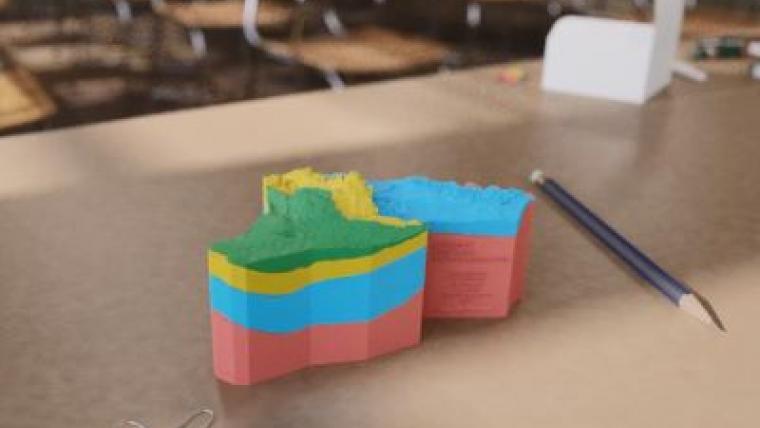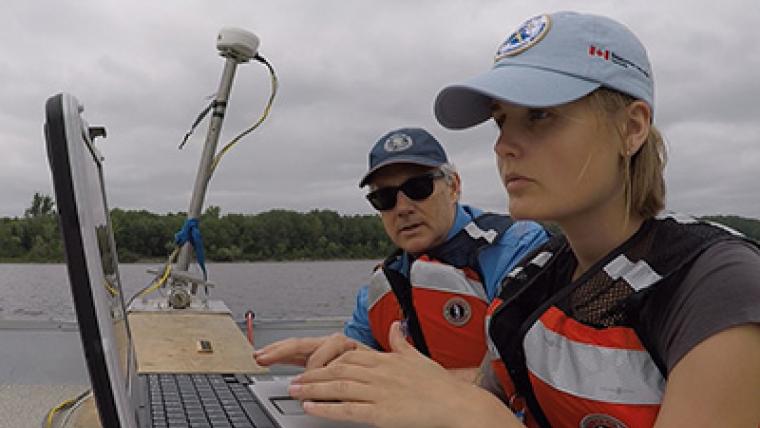Earthquakes: shaking the foundations of popular misconceptions
By Joe McKendy and Dr. Maurice Lamontagne, Seismologist for the Geological Survey of Canada
October 4, 2018
The epicentre of a large earthquake is not a bull’s-eye point
Media reports of earthquakes often identify their epicentre as a single point on a map. This may be accurate for small earthquakes. But for large ones, the seismic energy is released from a large surface, not a point on a map.
This surface can be extensive: as big as 500 km long and 300 km wide in the case of a magnitude 9 earthquake — almost five times the size of Vancouver Island. So it is more accurate and useful to think of an epicentre as a blanket of seismic activity covering the area surrounding a fault.
Earthquake impact: it’s not just magnitude, dude

Larger image
Collapsed building tagged for demolition
There are several other popular misconceptions about earthquakes. The most common one is that magnitude is the main factor determining the violence and destructiveness of an earthquake’s effects. Yet other key factors are involved: the depth of the seismic activity, the duration of shaking, the resistance of buildings and the distance from the epicentre.
The effects of these factors can vary widely. Earthquakes can occur close to the surface or as deep as 660 kilometres. They can cause shaking that lasts from only a few seconds up to many minutes. The design of many buildings, especially older ones, can make them unstable in the face of an earthquake’s special forces. And the closer a building is to the epicentre, the greater the impact of the ground vibrations.
Long-distance relationships
The impacts of an earthquake are often felt far beyond its epicentre. With large earthquakes, seismic waves can be felt hundreds of kilometres away, causing vibrations that become the tipping point for the collapse of slopes and other geological formations that are already unstable.
Waves of destruction
Large earthquakes can also violently displace the ocean floor, triggering tsunamis that can travel long distances. Massive earthquakes in British Columbia and Japan, for example, have caused tsunamis that reached the other side of the Pacific Ocean.
Shaken, then stirred
Another impact of earthquakes is a phenomenon known as soil liquefaction. As we all know from visits to the beach, near-surface deposits of sand saturated with water can be quite solid. But strong seismic waves can increase water pressure and cause these deposits to liquefy. Buildings that sit on these deposits can easily become unstable, sinking or even toppling in the quicksand or the similar quick clay that is found in Canada, Russian and other northern countries that stood under the glaciers of the most recent ice age.
Groundbreaking knowledge
So now when the media tell us what’s shaking, we’ll have a better understanding of the many reasons why.
Seismologists need to share their knowledge
Dr. Maurice Lamontagne, of the Geological Survey of Canada, wants to help his fellow seismologists to convey this kind of information to the media so they can report more accurately on earthquakes. Learn more in his article Using the Media Epicentre to Talk About the Seismological Epicentre.
Page details
- Date modified:


